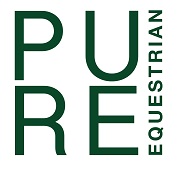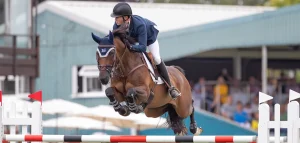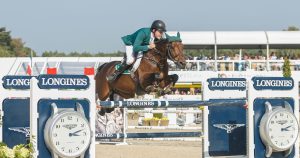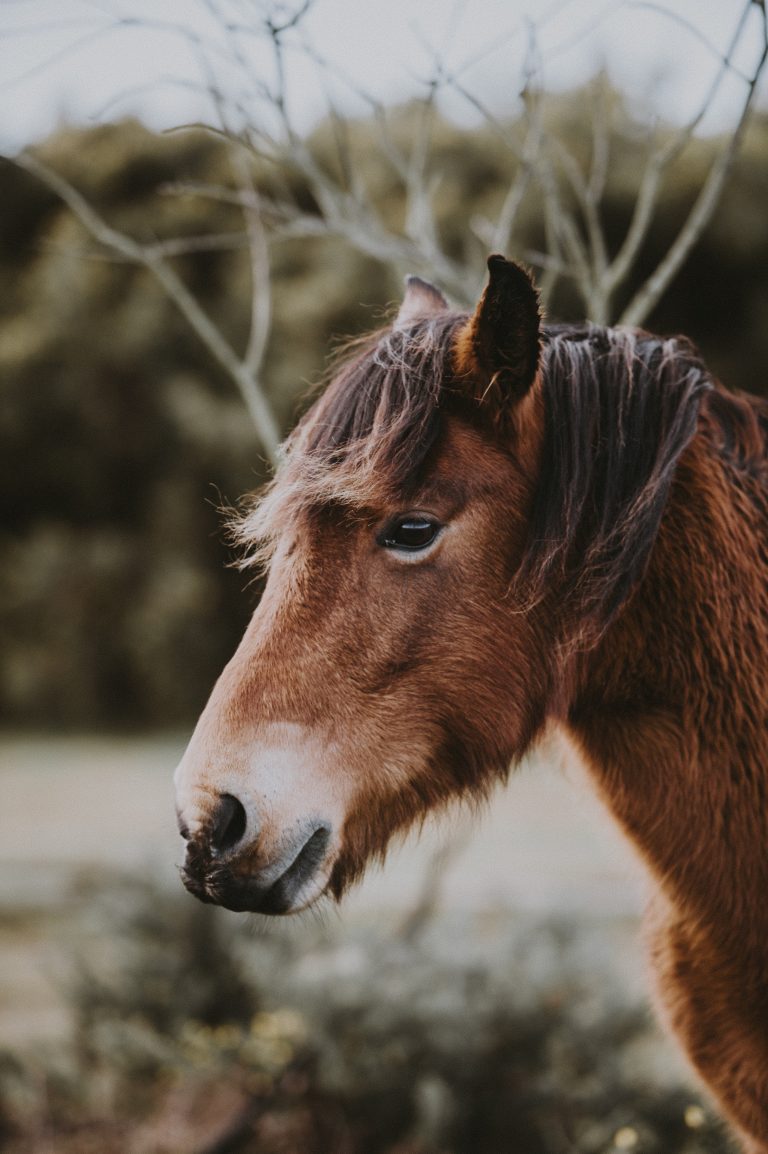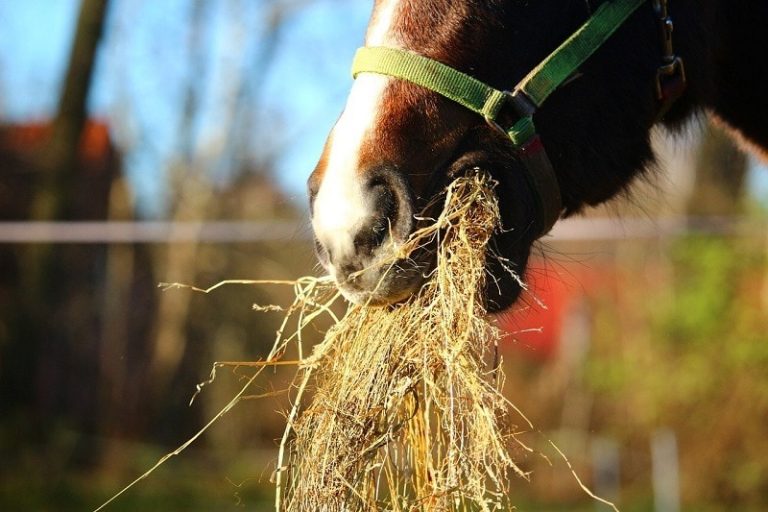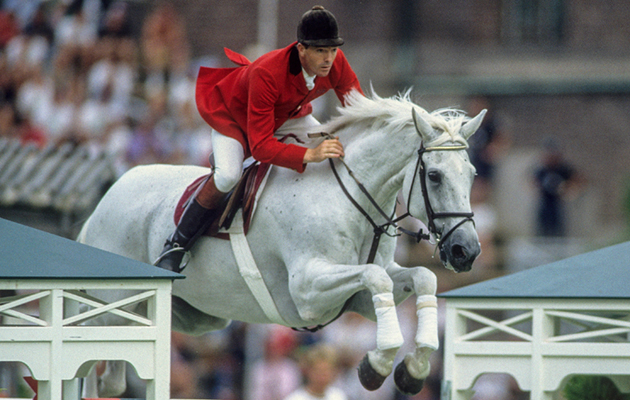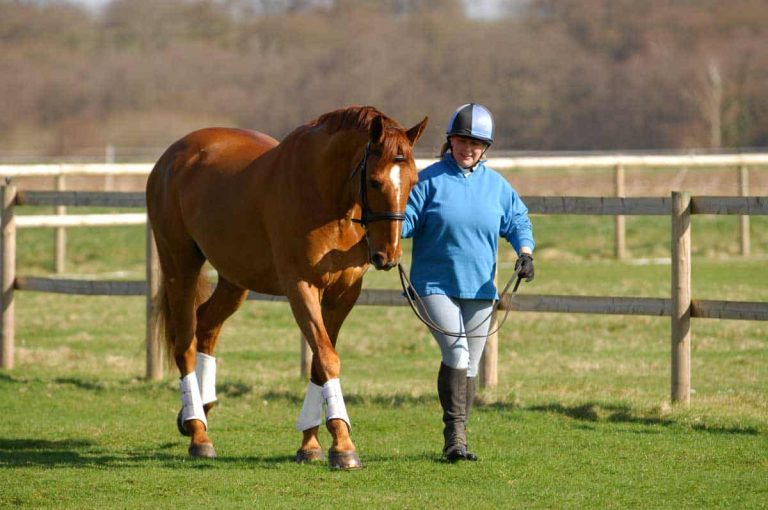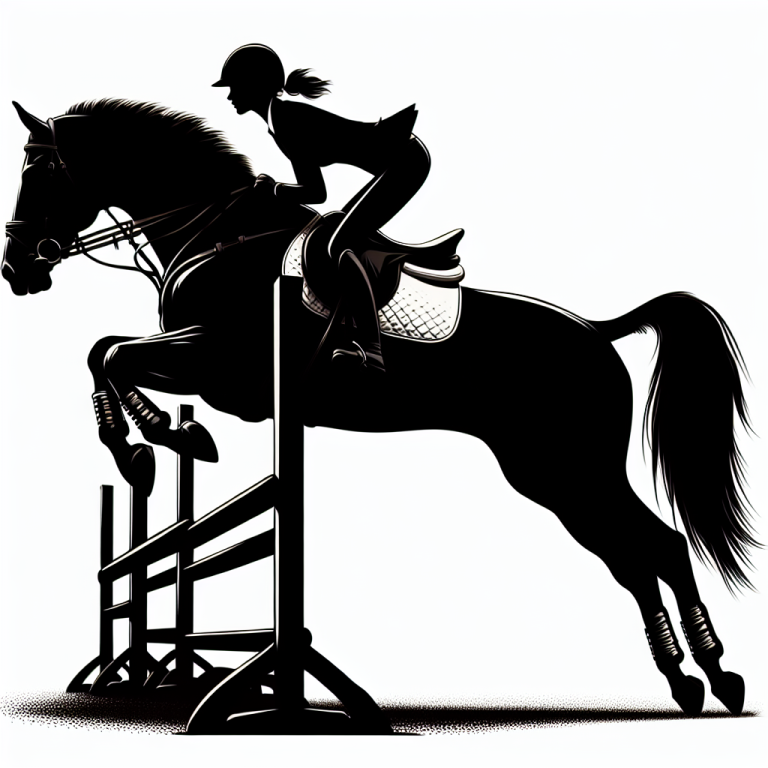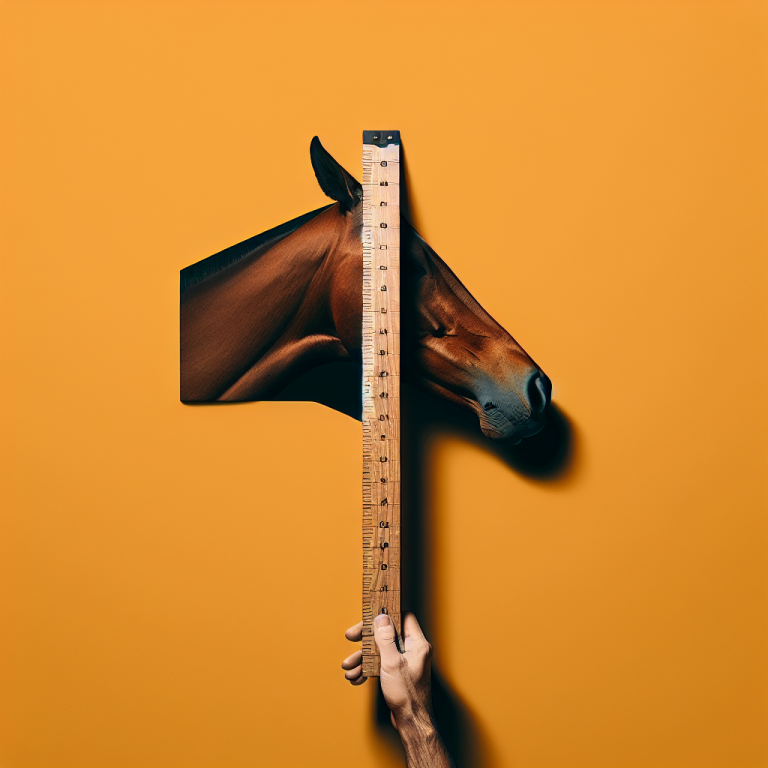Have you ever wondered how showjumping competitions are categorised based on the height of the jumps? In the thrilling world of equestrian sports, these competitions are carefully organised and divided into various classes according to the height of the jumps. Whether you’re a passionate rider or a curious enthusiast, understanding the different categories and their corresponding heights can help you appreciate the skill and precision required in this exhilarating sport. So, let’s saddle up and explore the fascinating classifications of showjumping competitions!
Table of Contents
ToggleI. Introduction
Showjumping is a thrilling and popular equestrian sport that requires both skill and precision from both the horse and rider. In showjumping competitions, horses and their riders must navigate a course of jumps, aiming to clear them cleanly and in the fastest time possible in some classes. These competitions are categorised based on the height of the jumps, which allows for fair and balanced competitions for riders of different skill levels. In this article, we will explore the various categories based on jump height, regulations and measurement, international standards, scoring and ranking, popular showjumping events, as well as safety measures and precautions.
II. Categories Based on Jump Height
A. Pony Classes
Pony classes are specifically designed for young riders who compete on ponies. These classes feature smaller jumps, typically ranging from 50cm to 80cm in height unless FEI level. The jumps are suitable for the size and capabilities of the ponies, ensuring a safe and enjoyable competition for the young riders.
B. Children’s Classes
Children’s classes cater to young riders who compete on horses rather than ponies. The jumps in these classes are slightly higher than pony classes, ranging from 70cm to 90cm in height unless FEI classes. This allows the young riders to gradually progress in their showjumping journey while still participating in a category suited to their age and skill level.
C. Junior Classes
Junior classes are for riders who have moved on from children’s classes and are typically between the ages of 14 and 18. The jumps in these classes increase in height, ranging from 90cm to 120cm. Junior classes provide a stepping stone for young riders as they develop their skills and prepare for more advanced competitions.
D. Amateur Classes
Amateur classes are open to riders who are not professionals and do not earn their living from equestrian activities. The jumps in these classes vary in height, typically ranging from 100cm to 130cm. Amateur classes allow riders to compete at a level that challenges them while still recognising their non-professional status.
E. Open Classes
Open classes are the highest level of showjumping competitions and are open to both professional and non-professional riders. The jumps in these classes can exceed 130cm and can reach heights as high as 160cm in some cases. Open classes showcase the top riders and horses in the sport, providing an exciting and challenging competition for all involved.
III. Regulations and Measurement
A. Measuring the Jumps
In showjumping competitions, the height of the jumps is measured using a device called a “showjumping pole.” This pole is adjustable and is placed on top of the jump to indicate its height. Officials use measuring sticks or laser devices to ensure the accuracy of the measurements.
B. Height of the Jumps
The height of the jumps is an essential factor in categorising showjumping competitions. The varying heights allow riders of different skill levels to compete in appropriate categories. The height of the jumps also plays a role in the level of difficulty and challenges faced by the riders and their horses.
C. Variations in Measurement
While the height of jumps is primarily measured in centimetres, different regions or organisations may use different measurement units, such as inches or feet. It is crucial for competitors to familiarise themselves with the specific measurement units used in the competitions they participate in to ensure proper preparation and understanding of the jump heights.
IV. International Standards
A. FEI Categories
The Fédération Equestre Internationale (FEI), the governing body for international equestrian sports, has established categories based on jump height. These categories are recognised globally and provide a framework for showjumping competitions at the international level. The FEI categories include pony, children’s, junior, amateur, and open classes, catering to riders of varying levels of experience and expertise.
B. Table A Competitions
Table A competitions are the standard format for showjumping events. In these competitions, riders must complete a predetermined course of jumps within a specified time. Faults, such as knocked down jumps or exceeding time limits, result in penalties, which affect the final scoring and ranking.
C. Table C Competitions
Table C competitions, also known as speed classes, prioritise completing the course in the fastest time possible. These competitions do not penalize for knocked down jumps but focus on speed and precision. Riders must balance speed and accuracy to achieve the best result.
D. Two-Phase Competitions
Two-phase competitions combine elements of both Table A and Table C competitions. The course is split into two parts, with the first phase requiring riders to complete a course similar to Table A competitions. Upon completing the first phase without fault, riders proceed directly to the second phase, which is a speed class. Faults in the second phase result in penalties, but speed remains a crucial factor in determining the final ranking.
V. Scoring and Ranking
A. Clear Rounds
In showjumping competitions, a clear round refers to a round in which the rider and horse successfully navigate the entire course without incurring any penalties. Clear rounds are highly valued and are a significant factor in determining rankings. In the case of multiple clear rounds, additional factors, such as time, are considered to determine the final ranking.
B. Time Penalties
If a rider fails to complete the course within the allowed time limit, time penalties are incurred. These penalties are added to the rider’s overall score and can affect their ranking. Time penalties encourage riders to balance speed with accuracy during their rounds.
C. Knockdowns
A knocked down jump during a round results in penalties for the rider. Typically, four faults are incurred for each knocked down jump. Knockdowns can significantly impact a rider’s overall score, and multiple knockdowns can potentially eliminate a rider from the competition.
D. Elimination
Elimination occurs when a rider commits a serious rule violation or accumulates a set number of faults during a round, typically resulting in disqualification from the competition. Elimination serves as a means to enforce safety and fair play in showjumping competitions.
VI. Popular Showjumping Events
A. Olympic Games
The Olympic Games feature showjumping as one of the equestrian disciplines. It is an internationally recognised event that showcases top riders from around the world. The competition follows international standards and attracts significant attention and support.
B. World Equestrian Games
The World Equestrian Games are another prestigious event that includes showjumping competitions. Held every four years, this multi-discipline event brings together top riders from around the world, representing their respective countries. It serves as the pinnacle event for equestrian sports.
C. Nations Cup
The Nations Cup is a team-based showjumping competition that emphasises national pride and teamwork. Riders compete as members of their respective national teams, representing their countries. The Nations Cup events are held worldwide and promote camaraderie among competitors while fostering healthy international rivalries.
D. Grand Prix Competitions
Grand Prix competitions are among the most prominent and challenging showjumping events. These events feature high jumps and demanding courses, testing the skills and abilities of both riders and horses. Grand Prix competitions are known for attracting top riders and offering substantial prize money.
VII. Safety Measures and Precautions
A. Designing Safe Jumps
Safety is of paramount importance in showjumping competitions. Jump designs take into consideration the welfare of the horses and riders, with a focus on creating obstacles that are safe and challenging. Designers incorporate elements such as breakaway fences and frangible pins to minimise the risk of injury.
B. Course Walks
Before competing, riders have the opportunity to walk the showjumping course. Course walks allow riders to familiarise themselves with the jumps, study the turns and distances between obstacles, and develop strategies to navigate the course successfully. Course walks promote safety and proper preparation.
C. Protective Gear for Horses and Riders
Both horses and riders wear protective gear during showjumping competitions. Riders typically wear helmets to protect their heads in the event of falls or accidents. Horses wear protective boots to safeguard their legs from potential injuries caused by knockdown jumps or interference with obstacles.
VIII. Conclusion
Showjumping competitions are categorised based on the height of the jumps, allowing riders of different skill levels to compete in appropriate categories. These categories include pony, children’s, junior, amateur, and open classes, catering to riders of varying ages and experience levels. International standards set by the FEI provide a framework for showjumping competitions worldwide. Scoring and ranking take into account factors such as clear rounds, time penalties, knockdowns, and elimination. Prominent showjumping events, including the Olympic Games, World Equestrian Games, Nations Cup, and Grand Prix competitions, showcase top riders and provide thrilling and competitive experiences. Safety measures and precautions, such as designing safe jumps, course walks, and protective gear, help ensure the well-being of horses and riders. Showjumping continues to captivate audiences around the world with its combination of grace, skill, and excitement.
